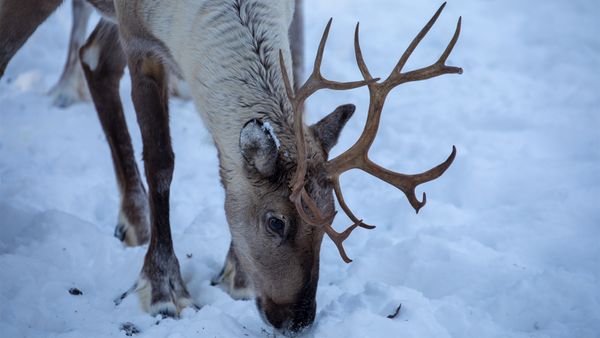
It's no wonder Rudolph the red-nosed reindeer is the most famous member of Santa's team. In addition to being a skilled flyer, his nose — as his name suggests — glows bright red. This unusual variation on the reindeer nasal prominence has all kinds of benefits, the most important, of course, involves guiding Santa's sleigh.
According to folklore, if the weather's ever bad on Christmas Eve, Santa's cleared for flight — by the Federal Aviation Administration, for that matter — thanks to the brightness of Rudolph's nose.
Advertisement
But how does Rudolph's nose actually work? How can one reindeer create a light bright enough to lead a sleigh through darkness and inclement weather? And how can a reindeer even have a glowing red nose?
Although no one may ever know for sure just how Rudolph got his unusual nose, we think the most logical explanation for how the doe-eyed deer guides Santa's sleigh is of course, science. Stick with us as we explore several scientific explanations behind Rudolph's bright beacon.
Advertisement




